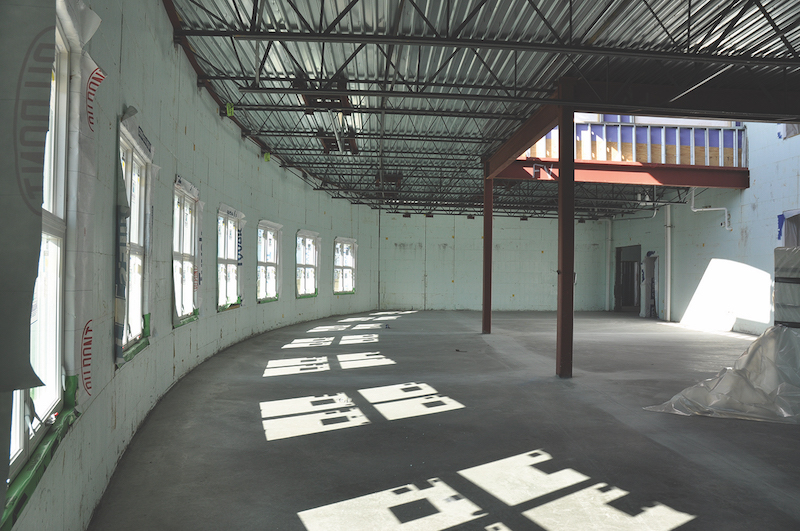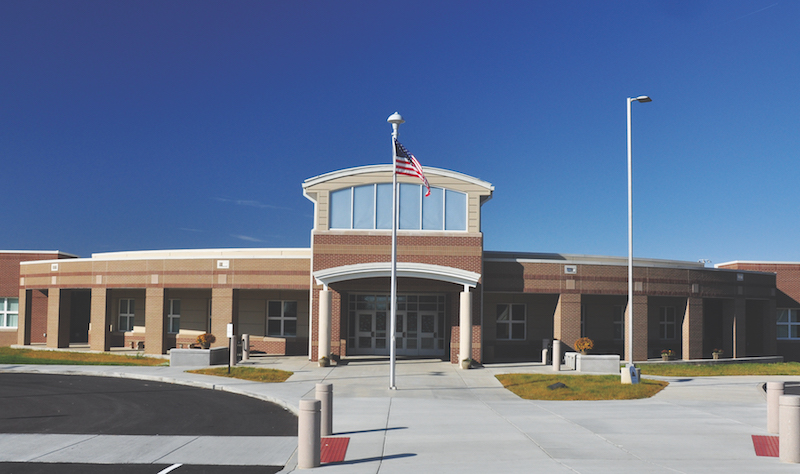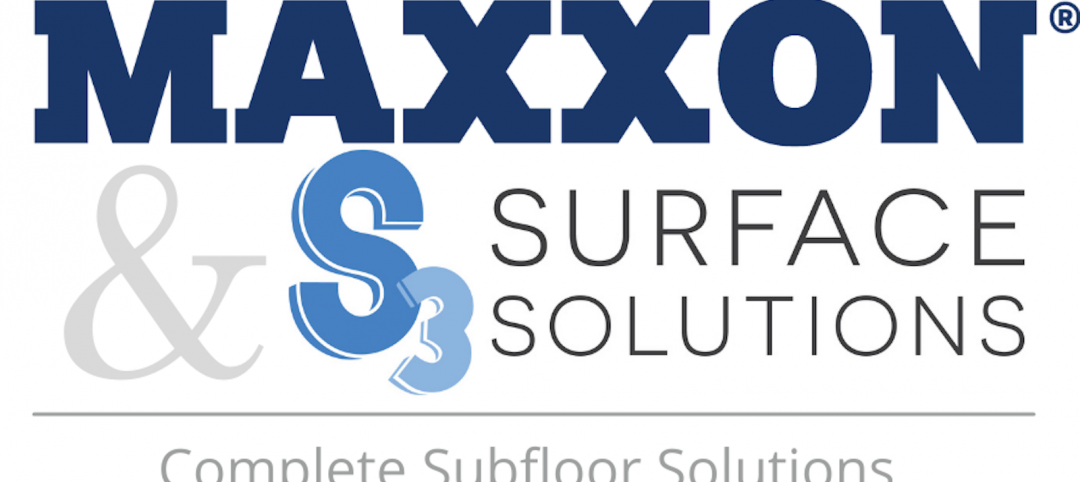September 2010 marked the grand opening for Richardsville Elementary, the First Net-Zero Insulated Concrete Form School in the U.S. Warren County School district, the school board responsible for Richardsville, has been building energy efficient schools that are being recognized for their innovation across the United States. Designed by Sherman Carter Barnhart and located in Bowling Green, Kentucky, Richardsville was created to be a two-story, energy efficient structure that incorporated renewable materials and NUDURA insulated concrete forms for a superior building envelope.
The design and northsouth site orientation allowed the school to maximize the use of renewable energy resources, such as wind and solar, so that it can produce more energy than it consumes. It’s a popular topic when it comes to a structure’s carbon footprint, its effect on human health, and its high-energy costs. Research provides evidence that schools throughout North America are moving toward greener and healthier building solutions and the demand for energy performance has become increasingly more important.
At 72,285 sq. ft. and generating its own energy, Richardsville is the next generation of educational building standards and a valuable tool to educate students on energy and water conservation as well as the value of recycling.
The concerns associated with designing a net-zero structure are usually cost, time, and the best eco-friendly building solution available. In order to meet this list of demands the Warren County School Board decided to use NUDURA, an industry-leading manufacturer in ICF construction, to maximize the structure’s energy performance and minimize energy costs. The result was a high-performance building envelope using NUDURA forms for the interior and exterior walls.

NUDURA provides a highly insulated concrete wall made up of EPS foam connected by a web that is reinforced with steel and filled with concrete. The walls come in a variety of sizes ranging from 4” to 12” concrete cores and provide performance values as high as R-50.
The benefits of using the NUDURA wall system for this structure were its superior strength, maximum energy efficiency, eco-friendly materials, sound and fire resistance, design flexibility, speed of the construction process, and EPS foam that doesn’t support mold growth. The performance value of NUDURA forms used in structures, like Richardsville, can generate energy savings up to 70% annually. Richardsville Elementary is designed to use only 18 kBtu/sq. ft.— 75 percent less than the ASHRAE 90.1 Design Standard for elementary schools annually.
The 500 students attending the Richardsville net-zero school will enjoy a healthy, eco-friendly learning environment that sets the standard high to future generations looking to build sustainable educational institutions. Architects and builders are always looking for solid strategies that reduce energy demands, carbon footprints, and operational costs. The important thing is to have a strategy and a building product that makes the switch to “green” simple. As a key component to the overall building aspect of the Richardsville net-zero project, NUDURA has met and exceeded those highly demanded qualities and continues to help to make “green” schools a possibility for your community.
NUDURA Inc.
27 Hooper Rd, Unit 10
Barrie, ON L4N 9S3
866-468-6299
info@nudura.com
www.nudura.com
Related Stories
Building Materials | Aug 3, 2022
Shawmut CEO Les Hiscoe on coping with a shaky supply chain in construction
BD+C's John Caulfield interviews Les Hiscoe, CEO of Shawmut Design and Construction, about how his firm keeps projects on schedule and budget in the face of shortages, delays, and price volatility.
Concrete | Jul 26, 2022
Consortium to set standards and create markets for low-carbon concrete
A consortium of construction firms, property developers, and building engineers have pledged to drive down the carbon emissions of concrete.
Reconstruction & Renovation | May 4, 2022
AIA course: Concrete buildings — Effective solutions for restoration and major repairs
The history of concrete construction between 1950 and 1970 offers architects and construction professionals a framework for how to rehabilitate these buildings today using both time-tested and emerging technologies. This course, worth 1.0 AIA LU, was authored by Henry Moss, AIA, LEED AP, Principal with Bruner/Cott Architects.
Concrete Technology | Apr 19, 2022
SGH’s Applied Science & Research Center achieves ISO 17025 accreditation for concrete testing procedures
Simpson Gumpertz & Heger’s (SGH) Applied Science & Research Center recently received ISO/IEC17025 accreditation from the American Association for Laboratory Accreditation (A2LA) for several concrete testing methods.
AEC Tech Innovation | Mar 9, 2022
Meet Emerge: WSP USA's new AEC tech incubator
Pooja Jain, WSP’s VP-Strategic Innovation, discusses the pilot programs her firm’s new incubator, Emerge, has initiated with four tech startup companies. Jain speaks with BD+C's John Caulfield about the four AEC tech firms to join Cohort 1 of the firm’s incubator.
Codes and Standards | Feb 28, 2022
Low-cost concrete alternative absorbs CO2
Researchers at Worcester Polytechnic Institute have developed a new CO2-absorbing material that’s a low-cost alternative to concrete.
Products and Materials | Feb 24, 2022
MAXXON® Corporation announces strategic affiliation with S3 Surface Solutions
Maxxon® Corporation, creator of Gyp-Crete® and a leader in the underlayment industry for 50 years, has aligned with S3 Surface Solutions, an innovative manufacturer of products that address problematic concrete slabs, to bring innovative, technology-driven subfloor preparation solutions to the flooring industry.
Sponsored | Reconstruction & Renovation | Jan 25, 2022
Concrete buildings: Effective solutions for restorations and major repairs
Architectural concrete as we know it today was invented in the 19th century. It reached new heights in the U.S. after World War II when mid-century modernism was in vogue, following in the footsteps of a European aesthetic that expressed structure and permanent surfaces through this exposed material. Concrete was treated as a monolithic miracle, waterproof and structurally and visually versatile.
Sponsored | Resiliency | Jan 24, 2022
Blast Hazard Mitigation: Building Openings for Greater Safety and Security
3D Printing | Jan 12, 2022
Using 3D-printed molds to create unitized window forms
COOKFOX designer Pam Campbell and Gate Precast's Mo Wright discuss the use of 3D-printed molds from Oak Ridge National Lab to create unitized window panels for One South First, a residential-commercial high-rise in Brooklyn, N.Y.

















